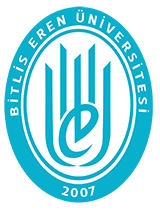| dc.description.abstract | In the context of endeavours to mitigate the global environmental impact of the construction industry, the utilization of pozzolanic additives derived from waste materials has emerged as a pivotal area of research, particularly in the pursuit of sustainable materials. The present study investigates the use of ground waste glass powder (WGP) as a binder material in roller-compacted concrete (RCC), whilst also examining the effects of different curing regimes on the mechanical performance of RCC. Within the experimental programme, four main mixture groups were designed by replacing CEM I 52.5 N type cement with WGP at ratios of 0%, 10%, 20%, and 30%. The production process was conducted for each group at five distinct water contents. The optimum water content was determined on the basis of the maximum dry density. The consistency of the fresh mixtures was determined using the modified Vebe test. The mechanical and permeability performance of the samples that had been cured for 28 days was evaluated using a range of testing methods, including compressive strength, flexural strength, water absorption, and sorptivity tests. Furthermore, chemical curing, membrane and wet burlap methods were employed on specimens produced with a 10% WGP replacement rate, and the impact of the curing method was examined. The findings indicate that a 10% replacement of WGP results in optimal performance with regard to both compressive and flexural strength. Conversely, the incorporation of 20% WGP has been demonstrated to enhance permeability properties. The highest strength values were obtained from RCC samples cured wet burlap. The findings of this study demonstrate that WGP can be regarded as an effective binder with a low carbon footprint, and that it offers contributions to RCC in terms of both environmental sustainability and technical performance. | tr_TR |














